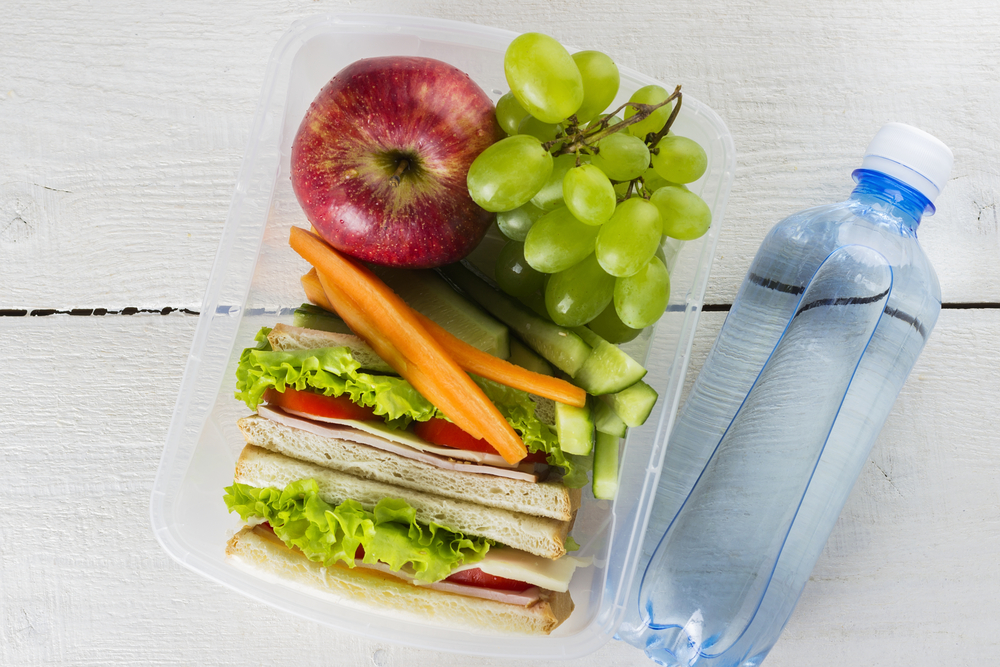Contents:
Medical Video: How to Check Triglycerides & Cholesterol at Home
Definition
What are cholesterol and triglyceride tests (lipid profile checks)?
Cholesterol and triglyceride tests are blood tests used to measure the total amount of fatty substances (cholesterol and triglycerides) in the blood.
Cholesterol moves through the blood and attaches to protein. Cholesterol and protein are called lipoproteins. Analysis of lipoprotein (lipoprotein profile or lipid profile) measures blood levels from the amount of cholesterol, LDL cholesterol, HDL cholesterol, and triglycerides.
- Cholesterol. The body uses cholesterol to help build cells and produce hormones. Too much cholesterol in the blood can accumulate in the arteries, forming plaques. Plaques in large amounts increase the risk of having a heart attack or stroke.
- HDL (high-density lipoprotein) helps remove fat from the body by binding it to the bloodstream and bringing it back to the liver to be expelled. Sometimes this is called "good" cholesterol. High levels of HDL are closely related to a low risk of heart disease.
- LDL (low-density lipoprotein) carries most of the fat and only a small amount of protein from the liver to other body parts. Certain LDL levels in the blood are normal and healthy because LDL transfers cholesterol to other parts of the body that need it. But, sometimes it's called "bad" cholesterol because at high levels it can be at risk for heart disease.
- VLDL (very low-density lipoprotein) contains little protein. The main purpose of VLDL is to distribute triglycerides produced by your liver. VLDL cholesterol in high amounts can cause cholesterol buildup in the arteries and increase the risk of heart disease and stroke.
- Trigleserides is a type of body fat that is used to store and energize muscles. There is only a small amount in the blood. Having high triglyceride levels can increase the chances of a higher risk of heart disease compared to having a high LDL level
When should I have cholesterol and triglyceride tests (lipid profile examination)?
It is recommended to do a lipid profile every five years as part of your medical checkup. Lipid profiles check your cholesterol, HDL, LDL, and triglyceride levels. If you are taking medication for high triglyceride levels, this test will be carried out more often so that doctors can monitor the extent to which your treatment works. If you have diabetes, it is very important to monitor your triglyceride levels regularly because triglycerides will increase when blood sugar is not properly controlled.
Screening for children is recommended if they are at a high risk of heart disease. These include children whose families have a history of heart disease, diabetes, high blood pressure, or being overweight. High-risk children should be examined first between the ages of 2 and 10 years. Children under the age of 2 years are too young to take the test.
Prevention & warning
What should I know before undergoing cholesterol and triglyceride tests (examination of lipid profiles)?
If you have diabetes and your blood sugar is out of control, triglycerides may be very high. Triglycerides change dramatically in response to food, increasing by 5 to 10 times higher than the rate of fasting just a few hours after eating. Even triglyceride levels when fasting are different every day. Therefore, changes in triglyceride levels during fasting are measured on different days not considered abnormal. Certain drugs such as corticosteroids, HIV protease inhibitors, beta blockers, and estrogen can increase blood triglyceride levels.
There is an increased interest in measuring triglycerides in people who have not fasted. The reason is that non-fasting samples may be more representative of "normal" circulating triglyceride levels because on most days, blood lipid levels reflect more post-prandial levels compared to rates of fasting. However, it is uncertain how to interpret non-fasting levels to evaluate risks so that, at present, there are no changes in recommendations for fasting before taking a lipid level test.
Process
What should I do before undergoing cholesterol and triglyceride tests (examination of lipid profiles)?
Preparation depends on the type of test you are taking. You may or may not fast first.
- if your doctor tells you to fast before the test, do not eat and drink anything except mineral water for 9 to 12 hours before blood is taken. Usually, you are permitted to take your medicine with water the morning before the examination. Fasting is not always needed, but can be recommended
- don't eat high fat food at night before the test
- do not drink alcohol or excessive exercise before the test
Many drugs can affect the results of this test. Be sure to tell your doctor all prescription / non-prescription drugs, herbs, or other supplements that you are currently using. Tell your doctor if you are undergoing tests such as thyroid or bone scans that use radioactive substances within 7 days.
Talk to your doctor, if you have concerns regarding the need for tests, the risks, the process, or the purpose of the test results.
What is the process of testing cholesterol and triglycerides (examination of lipid profiles)?
The medical personnel who are in charge of taking your blood will take the following steps:
- wrap elastic bands around your upper arm to stop the blood flow. This makes the blood vessels under the bond enlarge making it easier to inject needles into the vessels
- clean the part to be injected with alcohol
- inject a needle into a vein. More than one needle may be needed.
- attach the tube to the syringe to fill it with blood
- remove the ties from your arms when taking blood is enough
- attach gauze or cotton to the injected part, after the injection is finished
- put pressure on the part and then put on a bandage
What should I do after undergoing cholesterol and triglyceride tests (lipid profile examination)?
Elastic ties are wrapped around your upper arm and will feel tight. You may not feel anything when injected, or you may feel like being stung or pinched. You can remove the tape and cotton about 20 to 30 minutes later. You will be informed of the schedule to get your test results. The doctor will explain your test results to you. You should follow the instructions from your doctor.
If you have questions relating to the process of this test, consult your doctor for a better understanding.
Explanation of Test Results
What do the test results mean?
The following are the basic categories of triglyceride levels in milligrams per deciliter:
- fasting, normal: 150 mg / dL
- at high limits: 150 to 199 mg / dL
- height: 200 to 499 mg / dL
- very high:> 500 mg / dL
Hypertriglyceridemia is a medical term for an increase in triglycerides in the blood. The rate at fasting can differ normally from day to day. Triglycerides will vary dramatically when you eat, and can increase five to 10 times higher than when fasting.
When fasting but triglyceride levels are above 1000 mg / dL, there is a risk of pancreatitis. Treatment for lowering triglyceride levels should begin immediately. If the triglyceride level is high, and your cholesterol is also high, this condition is called hyperlipidemia.
Hello Health Group does not provide medical advice, diagnosis or treatment.











